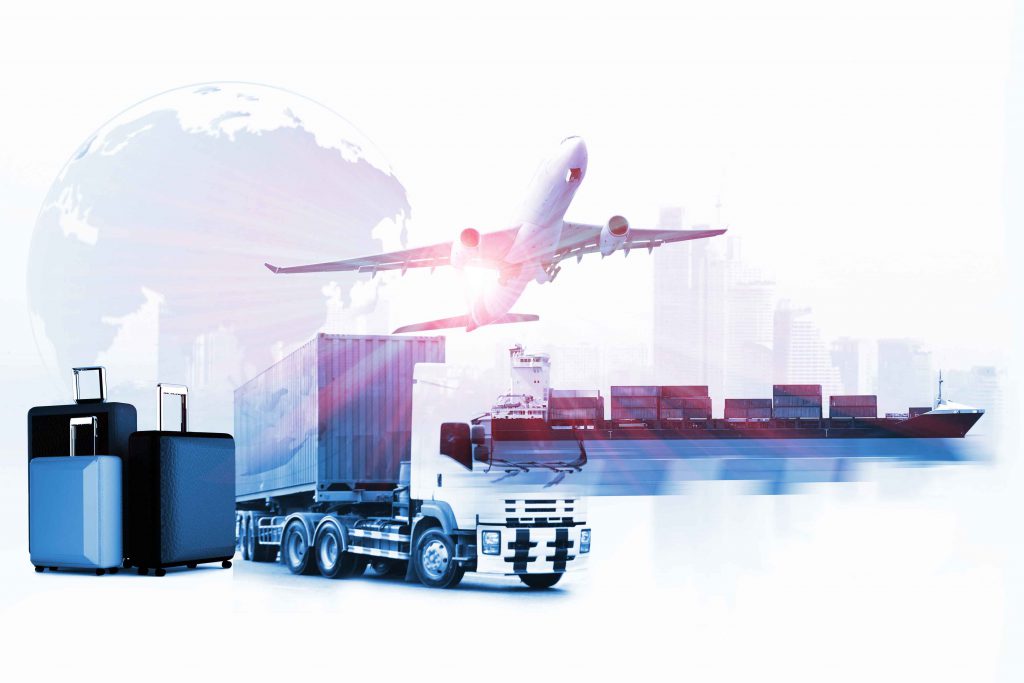Freight, Logistics and Warehousing
Crossing The Silk Road
Last year, South Africa and China marked 20 years of trade relations between the two countries. Over two decades, it’s been a growing relationship that has seen SA become China’s largest trading partner in Africa, and China becoming SA’s largest trading partner overall. According to figures provided by the Chinese government, two-way trade rose as high as $39.17bn in 2017, more than 20 times the figure at the start of the diplomatic relationship.
It would stand to reason then, that as an established partner South Africa should be poised to benefit from China’s flagship international trade policy, the Belt and Road Initiative (BRI). It has been hailed as one of the most ambitious pieces of diplomacy to come out of the People’s Republic. Launched in 2013, the initiative aims to link China with Asia, Europe, Africa and the Americas through large-scale infrastructure projects and has been heralded by the president of China, Xi Jinping, as the “project of the century”.
What is BRI?
The BRI comprises the Silk Road Economic Belt, an overland network linking China to South and Central Asia and Europe, and the New Maritime Silk Road, linking China to South East Asia, the Gulf countries, North Africa and on to Europe.
While South Africa has signed several Memoranda of Understanding with China about BRI, it is not currently included on the formal trade routes.
The Johannesburg Chamber of Commerce and Industry (JCCI) is concerned that the country has been completely bypassed from the sea route part of the BRI, missing out on vital investment into our ailing transport and logistics networks. Plans for the maritime route involve investing in port development along the Indian Ocean, from South East Asia to East Africa.
“Our ports will be underutilised. Our infrastructure will suffer. Our economy will suffer,” the JCCI warns in a presentation about BRI and South Africa’s ports.
The JCCI says reasons for the exclusion may include the fact that South Africa has previously blocked Chinese investment in SA’s port infrastructure, and that SA’s ports are too congested. More significantly, however, this exclusion points to another concerning state of affairs — SA is fast losing its status as the gateway to Africa.
Africa Knowledge leader at analyst EY, Graham Thompson, says that South Africa certainly is losing its premium investment destination status.
“One can see that in how our ranking in the annual World Bank Ease of Doing Business has dropped. From ranking at 34thglobally in 2012, last year, SA ranked at 82. So, it has moved from the first quartile to the bottom of the second quartile in its rankings and faces falling further unless certain key policy reforms are implemented,” Thompson says, adding that SA is also underperforming in the growth league.
“The country trails most emerging markets’ growth rates significantly (averaging just over 1 per cent per annum over the last five years — in comparison to 3.9 per cent for all emerging markets). Even by mature markets standards, South Africa is lagging,” he says.
Bhaso Ndzendze, a research director at the Centre for Africa-China Studies at the University of Johannesburg, does not believe we should be worried about non-inclusion in BRI, as the country still could be made a part of the project at a later stage.
“Currently (BRI) is focused on East Africa due to its relative proximity to the Middle East and South Asia,” Ndzendze says.
Is the best yet to come?
“The BRI is a geographical and economic initiative, and countries participate based on their location and not only as a matter of symbolism or friendship with China. So, both countries may have not seen a need to pronounce SA as a part of the Maritime Silk Road just yet,” Ndzendze says, adding that trade between SA and China remains vibrant, and that SA is also a member of the Asia Infrastructure Investment Bank, which partly funds the new Silk Road.
Ndivhuwo Mabaya, spokesperson at the Department of International Relations and Co-operation, says SA and China continue to host several BRI-related events together.
“We are definitely not being bypassed from the programme,” Mabaya says.
Still, the exclusion of SA in the maritime route could signal a missed opportunity. Last year, China spent $15bn to fund and launch the Djibouti International Free Trade Zones (DIFTZ), a major project that includes 756km of railway between Djibouti and Addis Ababa, the continent’s first transnational electric railway.
This would be exactly the sort of investment SA needs in line with President Cyril Ramaphosa’s aim to raise $100-billion
(R1.4-trillion) in foreign and domestic investment over the next five years. That opportunity would lie in the fact that while BRI has been state-driven historically, the private sector has recently been getting involved in the infrastructure developments, a development that has been welcomed in many quarters.
But the question remains. Should SA concern itself with its seeming exclusion from BRI, given growing concerns around the sustainability of its loans to developing countries?
Missed opportunity or dodged bullet?
Critics of the BRI say China is embarking on debt-trap diplomacy, offering huge loans to countries already under financial strain. One of the more prominent cases cited as an example is that of Sri Lanka, which is said to have racked up more than $8bn worth of BRI-related debt to Chinese sovereign-backed banks. According to online publication Foreign Policy, Sri Lanka was unable to service this debt and resorted to signing over a 70 per cent stake and a 99-year lease to the Chinese-built port at Hambantota in 2016.
Djibouti too, despite the excitement of its DIFTZ, is projected to take on public debt worth around 88 per cent of the country’s overall $1.72bn gross domestic product, with China owning the lion’s share of it, says a report by the Centre for
Global Development.
Johns Hopkins University’s China-Africa Research Initiative estimates that China provided $143bn in loans to Africa between 2000 and 2017, with at least 80 per cent coming from Chinese state institutions. There is no official Chinese data on these loans, as the country is not a member of the OECD and does not participate in the OECD’s Creditor Reporting System. The terms, therefore, remain opaque.
Recently, however, several countries have raised concerns about the “debt-trap policy”, with several, including Pakistan, Myanmar and Malaysia, scrapping or scaling down Chinese-backed projects. Last year, Sierra Leone cancelled plans to build a $31m airport with a Chinese company.
China has now found itself having to defend its project. At the recent Belt and Road Forum in Beijing, the Chinese president said the project was not, and “is not an exclusive club”, and vowed that it will have complete transparency. He said he wanted to build the BRI based on “open, green and clean co-operation”.
China also promised to release a framework to prevent debt risks. But for Ndzendze, it could be a good thing that SA is not immediately part of BRI plans. “Perhaps if indeed South Africa has been bypassed, it could buy the country proper time to strategise and think through about the sort of agreement it wishes to have with China and what timelines are best for all parties involved if SA truly wishes to be part of the Silk Road and the invitation is extended.”






 Sign-up and receive the Business Media MAGS newsletter OR SA Mining newsletter straight to your inbox.
Sign-up and receive the Business Media MAGS newsletter OR SA Mining newsletter straight to your inbox.